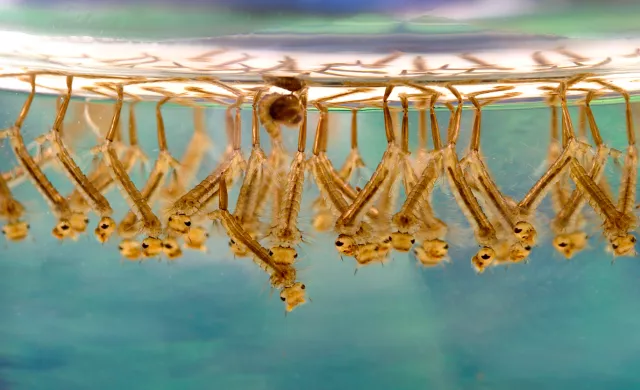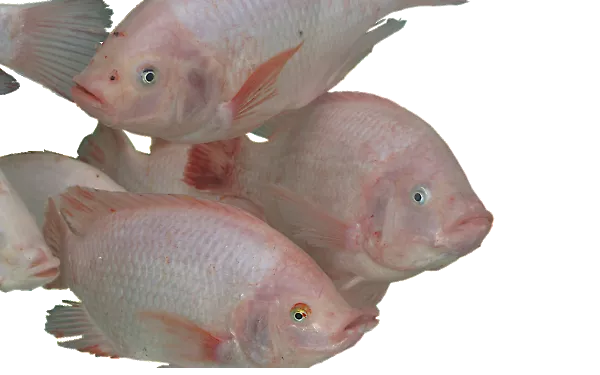Tilapia combats Malaria
Kenyan researchers have found that the humble tilapia, a fish commonly seen on Kenyan dinner tables is highly effective in combating malarial mosquitos in stagnant waters.
In a study published in BMC Public Health, an open access journal, tilapia was introduced into abandoned fish ponds at an altitude of 1,880m and the effect measured over six months on the numbers of mosquito immatures.
By consuming mosquito larvae the fish managed to reduce the numbers of two of the main malarial mosquitoes by more than 94 per cent. Nile tilapia’s taste for mosquitoes has been known since 1917, but this is the first time field data has been published detailing their use in mosquito control. The BMC Public Health study noted the fish could prove critical as mosquitoes are becoming resistant to pesticides.
The authors suggested that for Kenyans, the fish could prove a win-win investment. In addition to limiting mosquito populations, they could also be used for food, and even generate income, too. There should be no problem with the acceptance of this malaria control method since the local communities already farm this fish species.
This species, already a popular food fish in western Kenya, is an apparently sustainable mosquito control tool, which also offers a source of protein and income to people in rural areas.
Joanne Greenfield, malaria advisor for the World Health Organization in Kenya, was, according to BBC news, more circumspect, while describing the findings as “positive”.
“This method may well work in a defined area of water, but mosquitoes spread in all sorts of places—including small pools in the mud and puddles—where you obviously can’t introduce fish,” she said. “It just wouldn’t work for many areas.”
But she added: “We recommend a spectrum of methods to combat malaria, and this could certainly be a useful tool.
This method may well work in a defined area of water, but mosquitoes spread in all sorts of places—including small pools in the mud and puddles—where you obviously can’t introduce fish.

Malaria is one of the most common infectious diseases and an enormous public-health problem. The disease is caused by protozoan parasites of the genus Plasmodium. Malaria parasites are transmitted by female Anopheles mosquitoes. The parasites multiply within red blood cells, causing symptoms that include symptoms of anemia as well as other general symptoms such as fever, chills, nausea, flu-like illness, and in severe cases, coma and death.
Malaria is widespread in tropical and subtropical regions, including parts of the Americas, Asia and Africa. Each year, it causes disease in approximately 650 million people and kills between one and three million, most of them young children in Sub-Saharan Africa. ■
- Log in to post comments
























